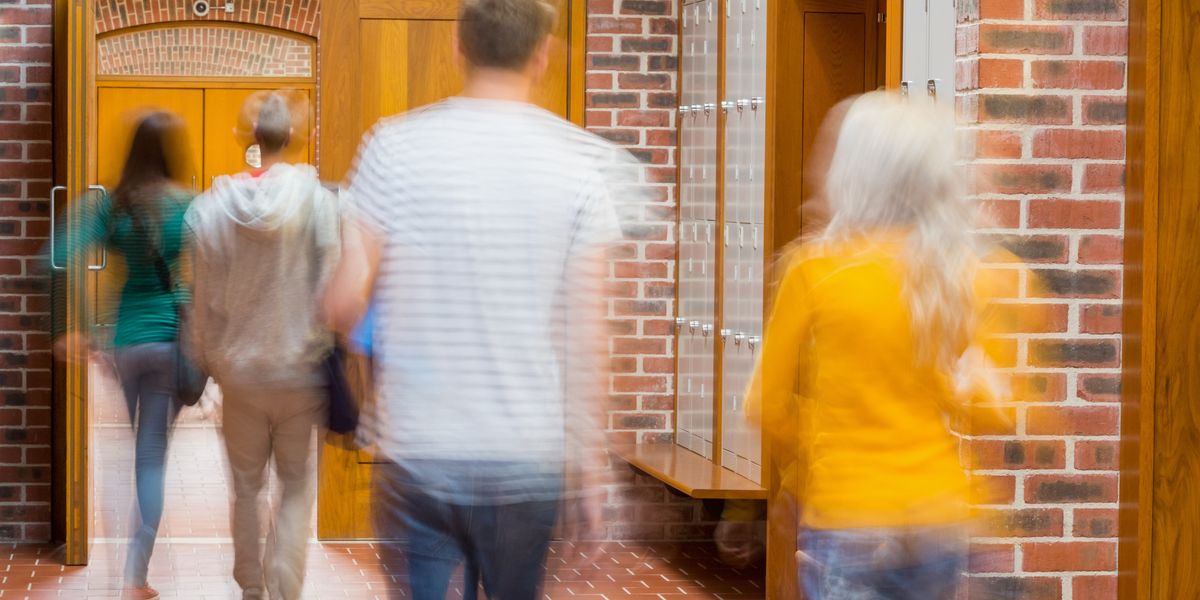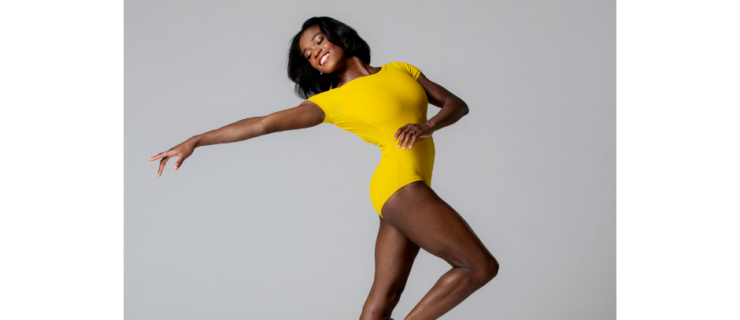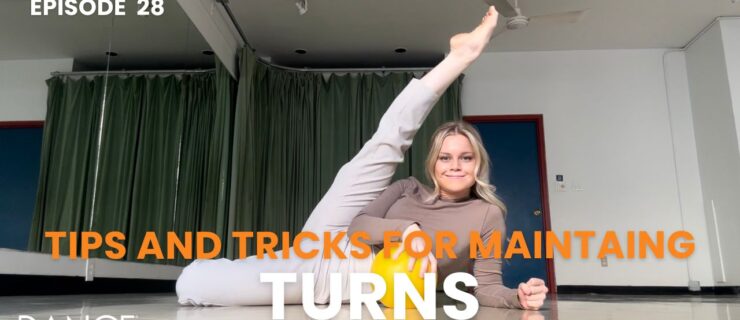Why Dancers Shouldn't Rule Out Community College
When college admissions season rolls around, many dancers have their sights set on big-name universities. But a four-year institution isn’t the only way to get a good dance education. Though sometimes overlooked, community colleges can offer quality dance instruction that’s on par with the first two years of a university.
The Perks
1.
Smaller class sizes.
Since community colleges have fewer students enrolled than large universities, dancers can often enjoy a lower student-to-faculty ratio and more individual attention.
2.
Perform right away.
While you might have to wait until you’re a junior or senior to perform in a university dance program, that typically isn’t the case at a community college. “You hit the ground running as a freshman,” says Kiera Murtagh Pfaff, technical assistant at Nassau Community College’s theater and dance department in New York. “There’s no wait until you rise up in the ranks.”
3.
More flexibility.
Students who have to work full-time or take care of a child will likely benefit from the flexible class offerings. These schools typically have more night classes and are accustomed to collaborating with students who juggle other responsibilities.
4. Lower cost.
Community colleges tend to be around a third of the cost of four-year universities, says Tina Rangel, director of the dance program at Mesa Community College in Arizona.
5. Extra support.
Devon Polynone, an adjunct professor at Mesa Community College, attended both Scottsdale Community College and Mesa Community College on the road to earning her MFA in dance from the University of Oregon. When starting out, she wanted some extra assistance to make a smooth transition into college life, and Mesa was able to provide her the additional attention she needed.

Courtesy Mesa
Figure Out If It’s a Good Fit
Speak with the director.
One of the benefits of a small school is that it tends to be easier to get in touch with the head of the dance department. Use this to your advantage and schedule a phone call where you can ask every question you have.
Take a class.
To see if you’d mesh well in a college’s program, give it a test run in the studio. Taking a class lets you get a feel for the instructors, the style and even some of your potential peers.
See a performance.
“If you can picture yourself performing with them, you like what they’re doing, then that might be the right school for you,” Rangel says.
Know the Limitations
While community college can be the right fit for some dancers, know that an associate’s degree won’t hold the same resumé power as a bachelor’s or master’s. If you decide to transfer to a four-year institution to complete a bachelor’s, you’ll likely need to attend an in-person audition and interview. If accepted, you’ll need to manage the transfer of credits and adjust to a new class culture.




